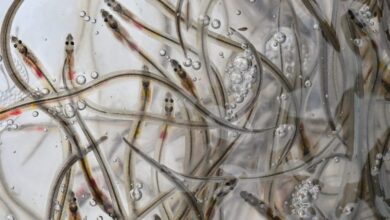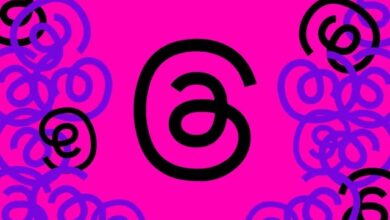A Look Back: How Presidents Have Celebrated the Fourth of July

The Fourth of July, known as Independence Day in the United States, is a day of national celebration and remembrance. It marks the country’s declaration of independence from Great Britain in 1776. Throughout history, American presidents have observed this holiday in various ways, sometimes choosing to engage with the public and participate in festivities, while other times opting for a more private celebration. Let’s take a glimpse into how some presidents have celebrated this significant day.
In the early years of the nation, President John Adams vividly described the spontaneous celebrations that took place in Philadelphia on the first anniversary of the Declaration of Independence. He wrote to his wife, Abigail, about the parades, fireworks, bonfires, and music that filled the city. Adams was amazed by the universal joy and alacrity displayed by the people in their celebration.
In 1791, President George Washington celebrated in Lancaster, Pennsylvania, with an address, fine cuisine, and a leisurely stroll around town. At that time, Philadelphia served as the interim capital while the city of Washington, D.C., was being prepared.
President Thomas Jefferson presided over the first Fourth of July public reception at the White House in 1801, a tradition that has continued to this day.
Throughout the years, presidents have engaged in a variety of activities to commemorate the holiday. In 1822, President James Monroe relaxed at his farm in Virginia, while in 1902, President Teddy Roosevelt delivered a speech to a massive crowd of 200,000 people in Pittsburgh.
The Fourth of July has not always been a day of celebration, as demonstrated by the deaths of two former presidents on this day. Both John Adams and Thomas Jefferson passed away on July 4, 1826, and James Monroe followed suit in 1831.
In 1850, President Zachary Taylor attended festivities at the grounds of the Washington Monument. Tragically, he fell ill after consuming spoiled cherries, milk, and water, and succumbed to stomach cramps five days later. Rumors of poisoning were debunked in 1991 when his body was exhumed and tested.
During times of war and national struggle, presidents used the Fourth of July as an opportunity to address the nation. In 1861, President Abraham Lincoln sent a message to Congress defending his invocation of war powers and appealing for more troops to fight the South. In 1951, with the United States involved in the Korean War, President Harry Truman delivered a speech at the Washington Monument grounds, emphasizing the significance of the Declaration of Independence and the continued fight for freedom.
The modern era has seen presidents adopting various approaches to celebrate Independence Day. In recent times, presidents have often allowed the people to take center stage, participating in festivities and events organized for the public. Presidents George W. Bush, Barack Obama, and Bill Clinton, for instance, hosted naturalization ceremonies, military barbecues, and wildlife releases, respectively.
In 2019, President Donald Trump drew attention by incorporating military displays into the celebration, showcasing tanks, bombers, and other war machinery. However, such displays were atypical for the traditional Independence Day celebrations.
Amid the challenges posed by the COVID-19 pandemic, the Fourth of July took on a different tone in 2021. President Joe Biden gathered over 1,000 people on the White House South Lawn for a burger-filled celebration and fireworks display, which had been unthinkable during the previous year’s lockdowns. While the event was met with some criticism, it represented a step towards a return to normalcy.
As we observe the Fourth of July in 2023, President Biden returned from a holiday weekend in Delaware to address members of the National Education Association before an evening celebration on the South Lawn with service members, veterans, and their families.
The Fourth of July has evolved over the centuries, reflecting the changing times and the different priorities and challenges faced by each president. From elaborate parades and speeches to intimate gatherings and private moments, the celebrations have showcased the diversity of presidential approaches to this historic day. Through it all, the spirit of independence, freedom, and unity remains at the heart of the nation’s observance of Independence Day.


